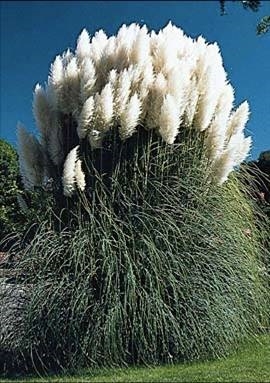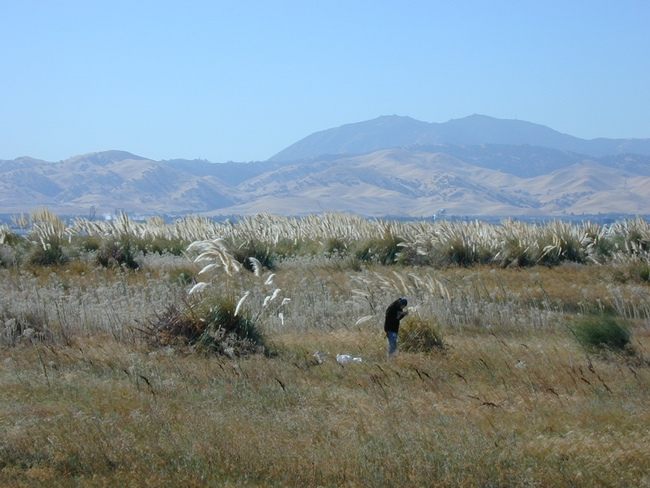I read an interesting paper* recently about the sale and spread of invasive ornamental plants in the U.S. The paper describes the results of a study that examined whether identifying a plant species as invasive influenced its availability for purchase from the plant trade industry.

Of the 1,285 invasives, the research showed that 61% (778 species) were available for purchase from either retail or wholesale nurseries (1,081 vendors) or online plant traders (249 vendors) with eBay offering the greatest number of species (n = 281).
About half of the invasive species (688 of the 1,285) are regulated by the federal or one or more state governments. Despite the regulations, the study showed that 50% (343 of 688) of state-regulated species and 20% (20 of 98) of federal noxious weeds continue to be sold. The federal-regulated species offered by the most vendors was a cultivar of the noxious weed cogongrass (Imperata cylindrica). The state-regulated species offered for sale by the most vendors were Chinese silvergrass (Miscanthus sinensis), common sunflower (Helianthus annuus), butterflybush (Buddleja davidii), and Japanese barberry (Berberis thunbergii). Surprisingly, all four species are offered for sale in the states in which they are regulated! In general, however, the percent of state-regulated species available for purchase was lower than the percent of unregulated species and most regulated plants were only sold outside of states where they are prohibited. Also, fewer vendors sold a species when it was regulated in multiple states.
The authors concluded that greater coordination and consistency in regulations among states at regional and national levels, and greater outreach to vendors and consumers, are needed to reduce the spread of invasive plants by the ornamental plant trade in the U.S.
*Beaury, EM, M Patrick and BA Bradley. 2021. "Invaders for sale: the ongoing spread of invasive species by the plant trade industry". Frontiers in Ecology and the Environment. 433. https://doi.org/10.1002/fee.2392
Marie Jasieniuk is a Professor and Plant Biologist with the Department of Plant Sciences at UC Davis.
